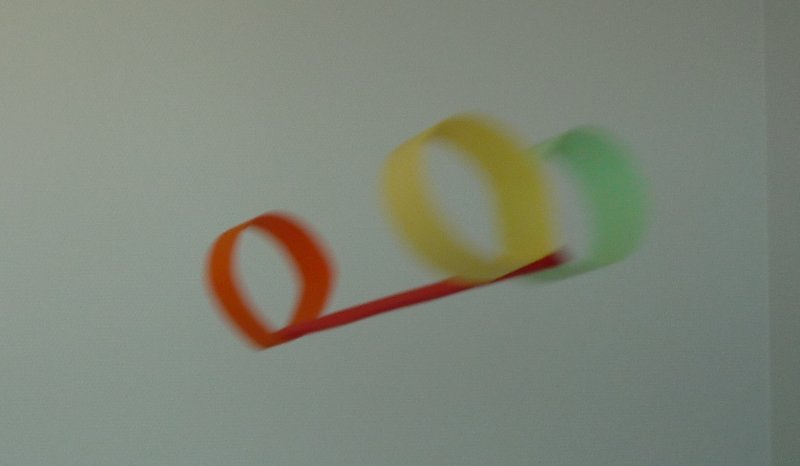
Making:
Start with some paper, scissors and quick-drying glue (10-minute white craft glue is fine). One sheet is enough for several airplanes, but it's nice if you have a few different colors:
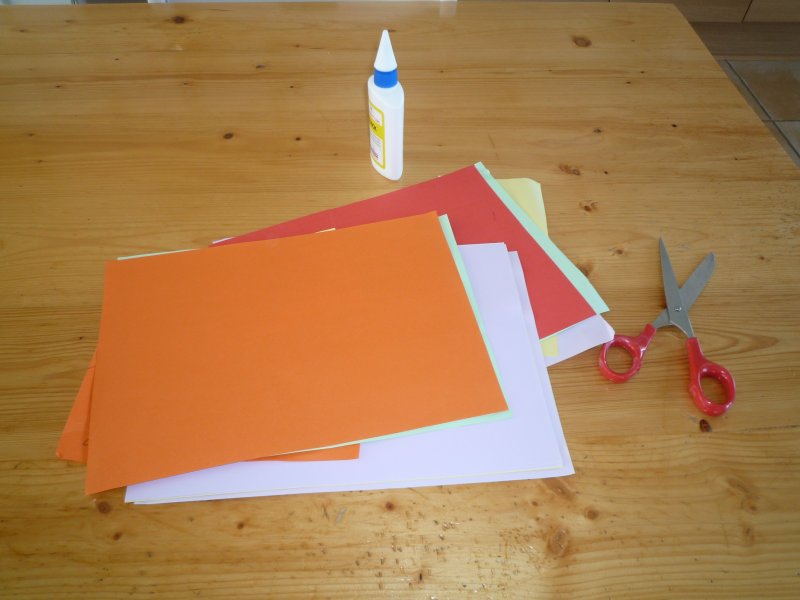
Cut four strips about ¾" wide off the short end of the paper. Take one strip and fold it lengthwise in half, then fold the long edges in to meet the first fold, like this:
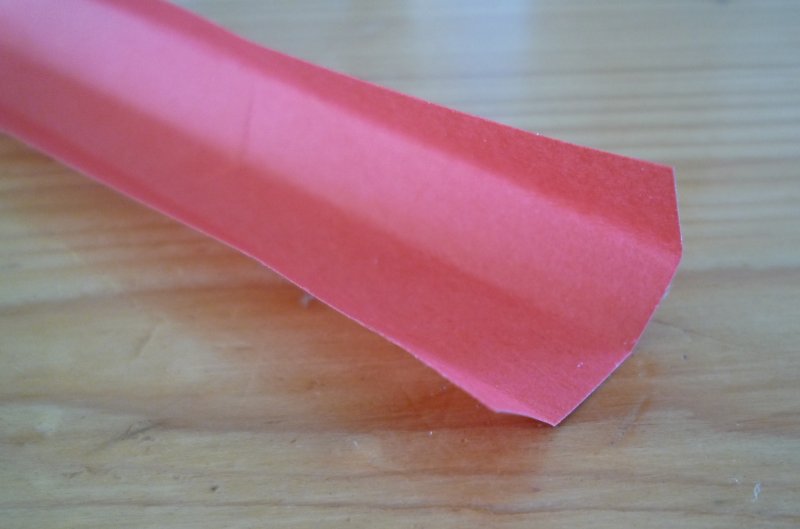
Run a thin bead of glue along one of the outside edges, and fold the other outside edge over it to make a triangular tube. This is your fuselage:
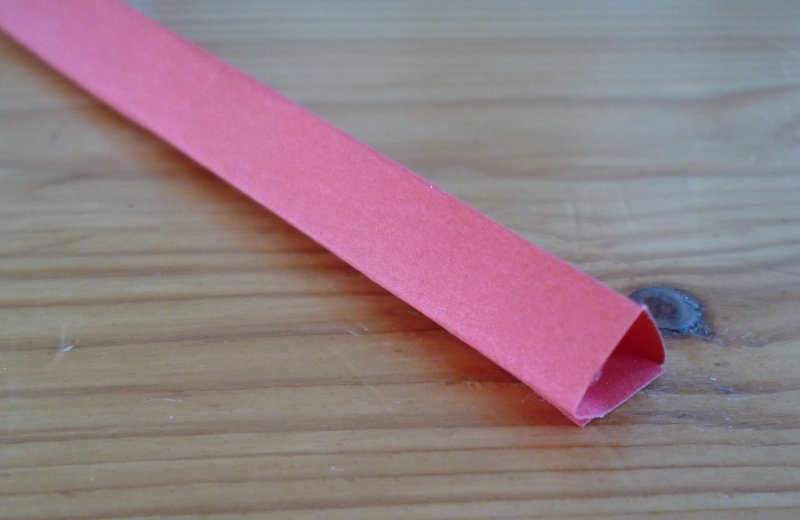
Glue the other three strips into loops, like this:
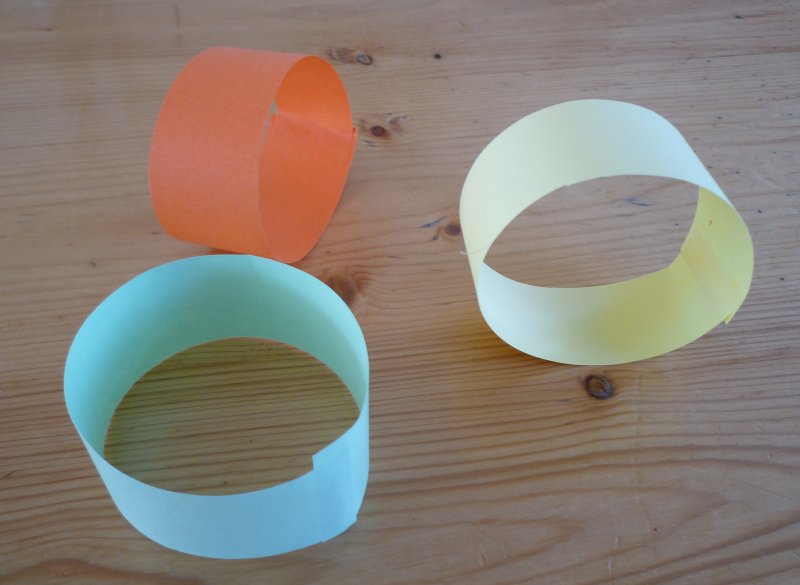
Now glue one flat side on one end of the fuselage to the inside of one of the loops, and glue the other two loops to the remaining sides on the other end, like this:
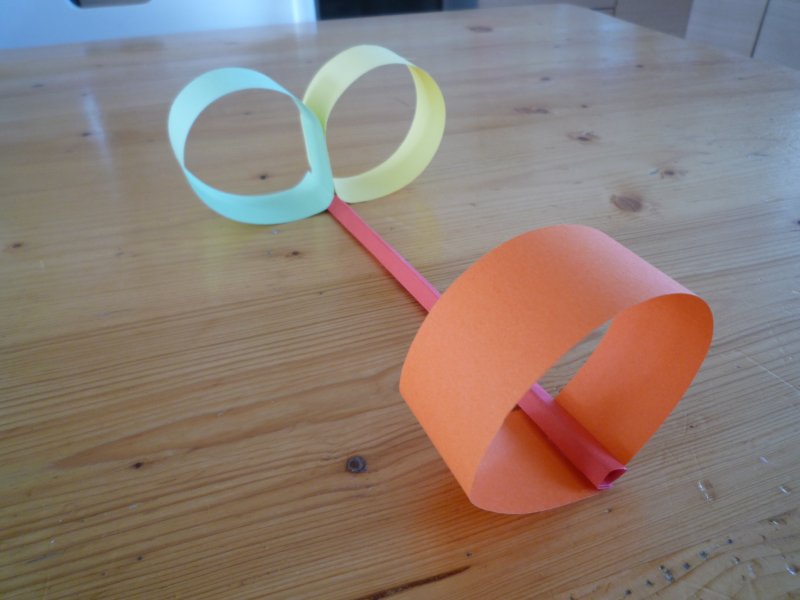
An extra drop of glue between these last two loops will hold things together a bit better.
Flying:
The plane is ready to fly as soon as you finish putting it together, although performance seems to improve slightly as the glue dries. Fly it "canard" style (that's aerogeek speak for Klingon Bird of Prey), with the single loop in front, giving it just a gentle shove pointing slightly downwards. If the nose pulls up and it stalls, press the front loop in from the sides so it looks more like the number 0 than the letter O, and it will nose down and pick up speed. You can also steer a bit by twisting the front loop or by bending little rudders on the two rear loops.
Tips:
It takes way less time to make and fly one of these planes than it did to write this, but if you take just the tiniest bit of extra care you'll end up with something that flies amazingly well, better than most folded planes and almost as well as a glued-up paper sailplane (stay tuned!). Keep the folds for the fuselage neat, so it's nice and straight, and make sure the loops are square to the fuselage when you glue them on for good straight flight. Just like with real wings, thinner strips for the loops seem to give better performance, but too thin and they won't hold up. Experiment and have fun!

No comments:
Post a Comment